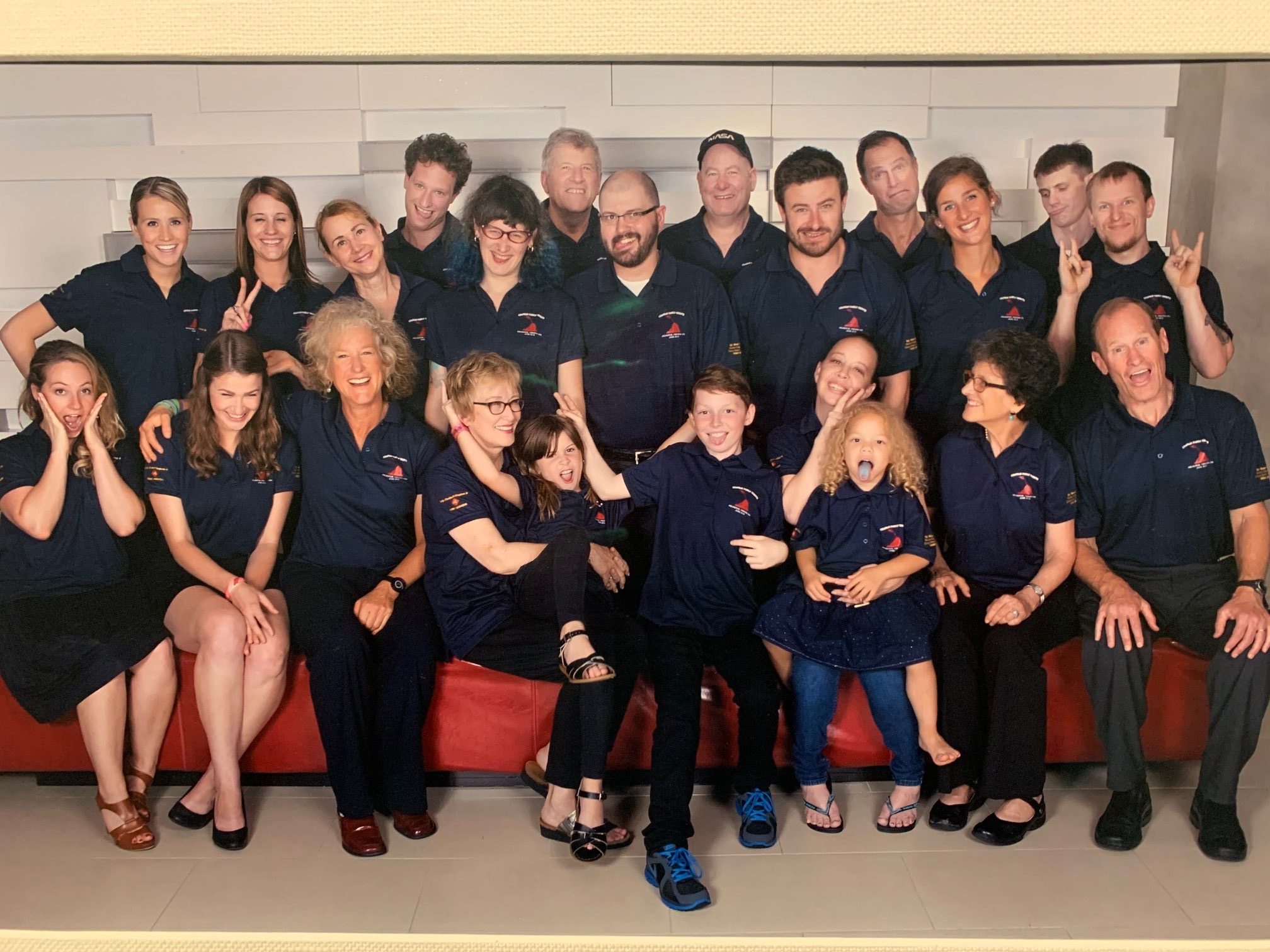
Steve Chapman is our March Alumnus of the Month
On April 18, 2019 I suffered a stroke that took me 12+ hours to realize what was happening. The stroke resulted from a virus lodging in my heart, causing blot clots that proceeded to my brain. Using state of the art technology, the doctors removed five blood clots from my brain through my wrist. Because of the long length of time the stroke had been going on, the doctors cautioned my wife that I would be seriously impaired and could die.
When I awoke, to the surprise of everyone, I had no serious impairments. While there is no way to positively confirm it, the professionals believe that my lifelong commitment to athletic training had expanded my vascular system over time, resulting in some limited circulation having been able to reach brain cells that would normally die in similar circumstances.
While alone in the hospital, I began to back track through my life to figure out where the key inflection points had been that led me to stay active while much of the world was telling me to slow down. I determined that rugby had been a key factor that eventually led me to be an actuarial anomaly.
What got you started?
At the end of my senior year in high school, I was surprised to be invited to walk on to the UofM wrestling team. While it was a meaningful experience, I decided that one year of wrestling was enough. Then I saw a sign advertising Michigan Rugby. It indicated there were two practices a week and games on Saturdays, which sounded like a vacation compared to what was expected in a varsity wrestling environment. I decided to try it out with no real expectations beyond staying in shape.
I went out and was immediately made a prop based on my wrestling background. The Big Ten championships happened to be at Ferry Field a few weeks later that Spring. Since there were only 7 Big Ten schools that had teams in 1969, Michigan’s B team filled out the bracket. I played my first game ever in the Big Ten tournament, which was also the first rugby game I had ever seen. We beat the University of Illinois and I scored a try. I was hooked.
What position did you play?
In most sports I have always been a jackknife, able to play a number of roles depending on the competitive need. Rugby was no different and over the next three years as part of the UMRFC I played prop, 2nd row, flanker, #8, fullback, center, and wing.
In the 1971 Big Ten tournament, I was chosen as a substitute forward for the final against Wisconsin. In those days there were no substitutes once a game started, so being a sub was not of much use. Expecting to be a spectator at the final, I picked up a game as a wing for the University of Illinois in the consolation game. We won 24-12 and I was the high scorer with two tries and a couple of conversions.
At the end of the consolation game, I was informed Joel Penoyer was injured and that I was to play 2nd row in the final. We lost the game 8-3, with the three points being a penalty kick by me. Hence I was the high scorer for both Illinois and Michigan that day. During the final, a Wisconsin player kicked me in the head so hard that he ripped his boot. The ref did not see it and there was no penalty.
Favorite memories or teammates:
During my senior year I lived with Terry Larrimer, Peter Hopper, Vern Plato and a non-rugby person, Dave Kiefer on Ashley Street. I had replaced Bob Jagunich and Bob Reider from the previous year. This group stayed in touch for the next 50 years. We refer to the collective group as the “Ashley boys”. Once we got married, the group became just “Ashley”. We brewed beer and made wine in our basement, ate dinner together every night and just had a great time. The rugby highlights of my senior year include hosting the Toronto Barbarians at our house after a match, beating Notre Dame in South Bend on St. Patrick’s Day 1972 in front of 500 “Fighting Irish” Leprechauns, and the dinner after the Big Ten Tournament at Purdue where the main food course was a horse.
Upon graduation, I got a job on Wall Street and joined the Manhattan Rugby Club at the suggestion of Quentin Lawson, who had played for them prior to coming to Michigan for law school. The club was filled with European players that were committed to teaching the finer points of the game to Americans.
During my first three years with Manhattan RFC, I bounced between the A and B sides, enduring the usual frustrations with selections. I was going to night school in the NYU MBA program and in mid-1975 I finished my class work. I was 25 and realized my physical peak was likely to occur over the next two years. I decided to get in the best shape I could, not worry about selection and just enjoy the game for the next 3-4 years. I trained intensely and when the Fall season came along I was a different player because of my fitness.
I was stuck on the B side because I was playing #8 behind one of the Club’s selectors, the A’s were winning, and the B’s usually played at separate venues from the A’s. Against the NY Old Blue we played at the same place and the A’s lost. Once I was visible to the selectors, I was elevated.
At the same time, the US Rugby Union was being formed and a game in January 1976 against Australia would be the first international for a US team since the 1924 Olympics. There was also an Eastern Rugby Union trip being organized that would be the first by a US rep side to South Africa.
Over the next three months, as a flanker, my rugby career was transformed with the following events:
-Won the NY 7’s tournament of over 100 East Coast clubs;
-Picked to the New Your Met Union select side;
-Picked to represent the ERU at the January US trials; and
-Selected for the ERU team going to South Africa.
I almost made the US side against Australia, but was the last back row player to be cut. The trip to South Africa occurred during the peak of apartheid. We traveled to seven cities over the course of a month. The press was more open than I expected about their internal issues and workers in our hotels felt comfortable having private conversations about the political situation.
After a game against the University of Natal, I part of a conversation with three players from the opposite side. They were thinking of emigrating because they were discouraged by the lack of political change. We encouraged them to stick with their country and be part of the change.
Apartheid started to crack with the Soweto riots a couple months after we left. The following month the NY Times ran an article about the first South African mixed race rugby club that had three white members. They were same three guys we had talked with in Natal.
Following the South Africa tour, I did not return with my team, but stayed for another week to see Kruger National Park and Victoria Falls in what was then Rhodesia. Rhodesia was in the midst of a civil between the white minority government and black rebels, that would eventually lead to a black victory and the establishment of Zimbabwe. There is a park on the east side of Victoria Falls that I visited for a day. The park was totally empty and was alone for several hours at the Falls. I then proceeded to Salisbury (now Harare) and headed to a rugby bar. Like our trip to South Africa, it was fascinating seeing colonial systems of the verge of substantial change.
I returned to New York via Rio de Janeiro, where I spent a half a day. A few weeks later, the news reported that three white tourists had been killed by rebels at Victoria Falls. As I looked at the pictures on the news, I realized that they had been killed at a spot very near my lodgings that I had crossed 6-7 times.
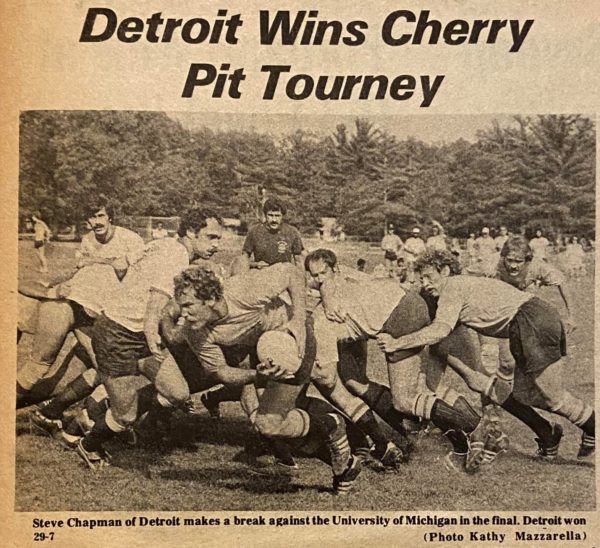
What have you been doing since Michigan Rugby?
I played with Manhattan and the NY Met Union the rest of 1976 and even had a game as a hooker with the Upstate NY Union select side. I finished my MBA thesis, changed jobs and moved to Detroit where I joined the Detroit RFC.
I played for the Midwest select side for a couple of years and at one point became the coach as well as a player for the Michigan select side. I had gone on my own professionally by then, gone through a divorce and became serious about my relationship with my current wife. With the economy falling apart in late 1980, Christine and I headed to the San Francisco Bay area to start over.
I joined the BATS club upon arrival because I knew a couple of members from the three US trials I had participated in. It was not a good fit for me, and a year later I moved over to the Berkley Olde Blues. They were in their run as multiple national club champions and I was mainly looking for a club I could retire with.
I played one fun year with the Olde Blues and then retired. But as we all know, “retirement” in rugby doesn’t mean you stop playing. You just play for the old boys team on your club. On the day of my first old boys game, I showed up early to support the C side. They were four players short and the four of us that had just retired agreed to help out. Twenty minutes later I was in the back of a pickup with a broken leg that would require a couple of pins. With a wife that was 8 months pregnant, that was the end of any rugby going forward.
I still hung around the Olde Blues, but let my conditioning go to seed over the next couple of years. Then in 1984, my sister represented Australia in the Olympics as a rower, winning a bronze medal. After a week of hanging around Olympic athletes I was frustrated with my loss of fitness. I began running again which led to an on and off again period over next 20 years of road races and marathons.
We moved to Atlanta in 1988, and my running continued. In 2003 I tore my shoulder while snowboarding with my Ashley UMRFC buddies. Following surgery, the doctor suggested I swim to rehab my shoulder, so I entered an age group triathlon to give myself a goal. I enjoyed it enormously because the camaraderie among participants was similar to what I always enjoyed most about rugby.
In 1996 the Olympics came to Atlanta. My wife and kids could care less so I started to look forward who could enjoy the games with. The Ashley boys readily agreed to come, my family moved out of our house and for a wonderful long weekend where we saw Michael Johnson win his second gold medal at a world record, sat 10 feet from Muhammed Ali at boxing and several other events.
In 2002 we did same thing in Salt Lake City and soon we were getting together for a weekend every year. Our wives soon joined us and eventually we took a couple of foreign trips, first to St. Thomas and then we rented a villa in Tuscany. Foreign trips came to halt with the financial crisis, but we still got together annually for many years.
I competed in triathlon in the age group national championships and occasionally in the world championships. I was part of serious over 50 training group that provided the same kind of support and camaraderie as rugby. At age 60, I was 2nd at the nationals and 9th in the world in duathlon. At the same time, my Achilles was shot and I retired. In 2018, I came out of retirement and went to the world championships in Denmark. While the event was fun, it was clear I was done with athletic competition in this life. I had sucked as much juice as I could out of that orange.
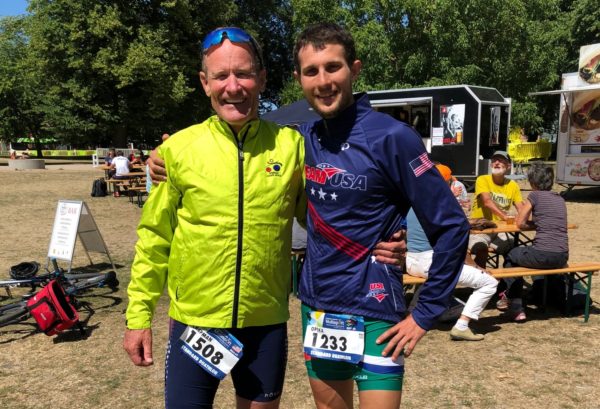
Nine months later I had my stroke. The athletic base I picked up with the UMRFC propelled me forward as an athlete through adulthood so that when disaster hit, I walked out of the hospital and was back on a bike within a week. It also provided me with friends for life in the Ashley group and many others. As I once told Terry Larrimer, if the cost of all our rugby experiences and friendships was a broken leg, please, break my other leg.
Since 1979 I have worked for myself, usually in partnership with others putting business deals together as a private equity principal. I retired from that 4-5 years ago and outside of family I currently have three main activities:
- Physical training a couple of hours a day;
- Scoutmaster of a Boy Scout troop; and
- Working on the 2022 election with US House candidates.
Personally, Christine and I just celebrated a quiet Covid driven 40th anniversary. We have two grown girls and a boy, along with two granddaughters and a grandson. We live in Lake Oswego, OR, which is a suburb of Portland.
Congratulations to Steve as our Alumnus of the Month for March 2021!
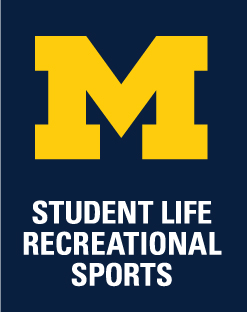
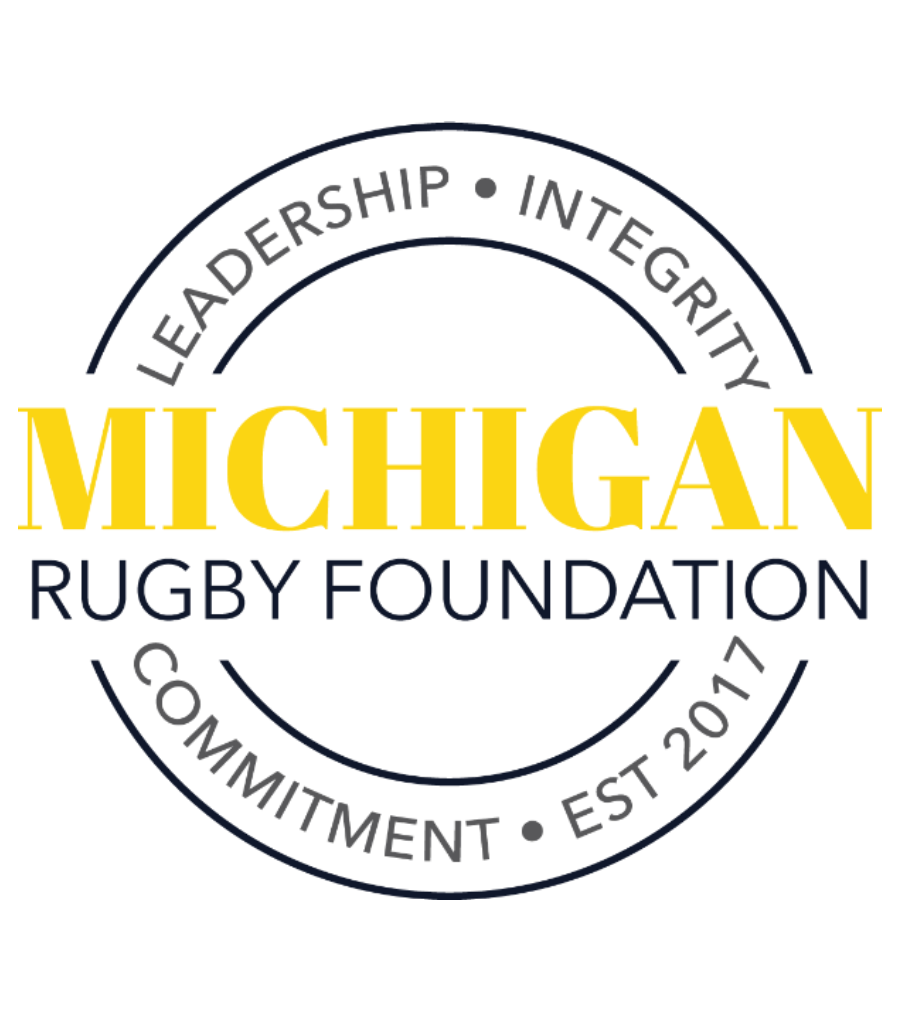
3 comments
Super cool, great to learn more about you Steve. Maybe played with a few of your Manhattan boys during a couple of early 90s Bermuda tours with Le Vieux, their Olde Boys. Courtesy of Jeff Stearns another ERU and UMRFC “alum”
Steve,
Congrats on being Alumnus of the Month.
I recall playing against you when I came to AA in 1977-79 and we won the Big Ten years two years in a row. By that time you were at Detroit, but I remember finding it strange that you seemed to be best buddies with all the Michigan players!
Delighted to see you’ve recovered from the stroke.
Best wishes,
Bill Haldane
Bill,
Thank you for your kind words. Writing the Alumnus article has brought up lots of old, meaningful memories. It was interesting playing Michigan when I was with Detroit because of my previous time in AA. I remember seeing your name many times over the years, but I am not sure we ever actually met. Next time our paths cross let’s have a beer.
Steve